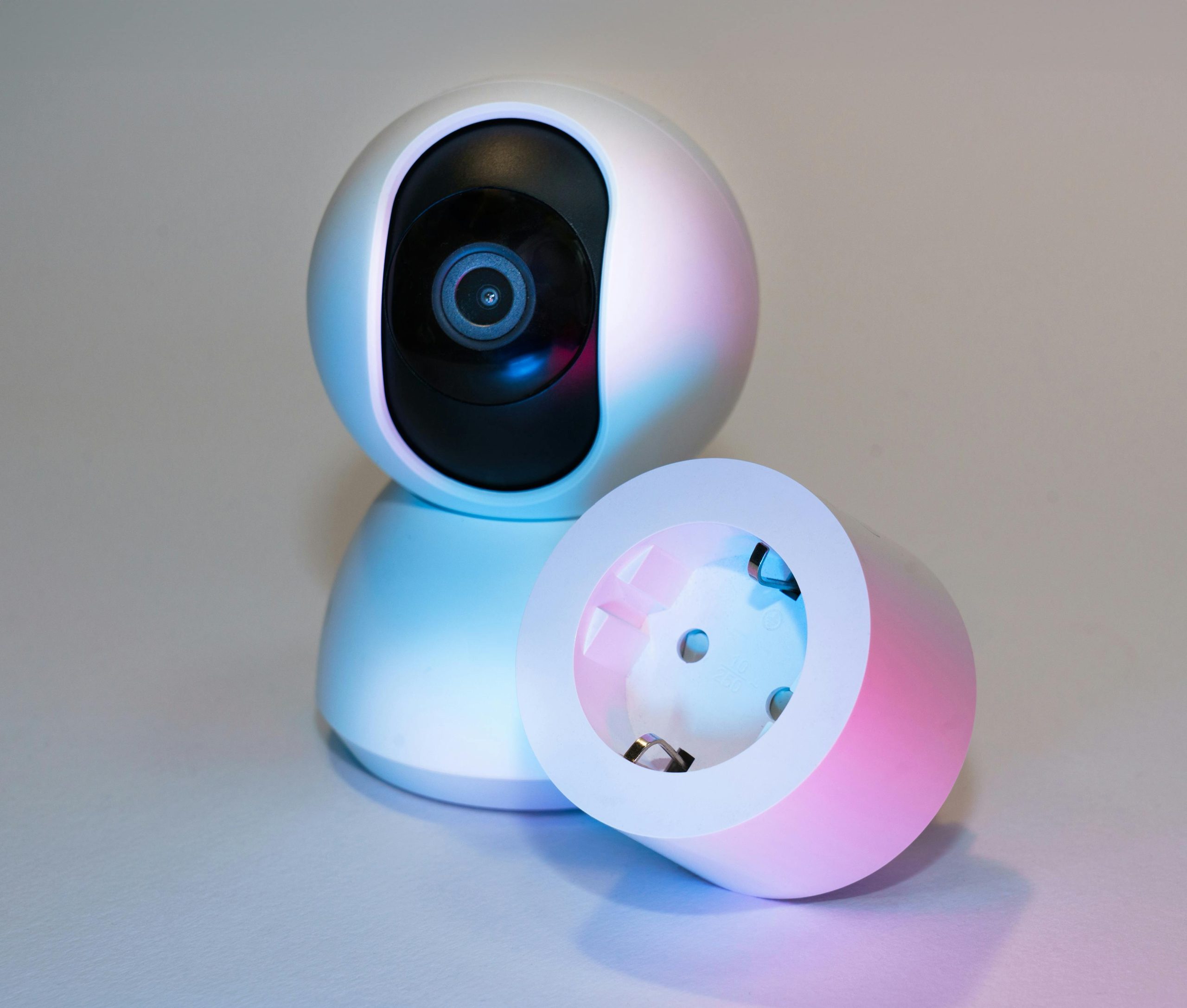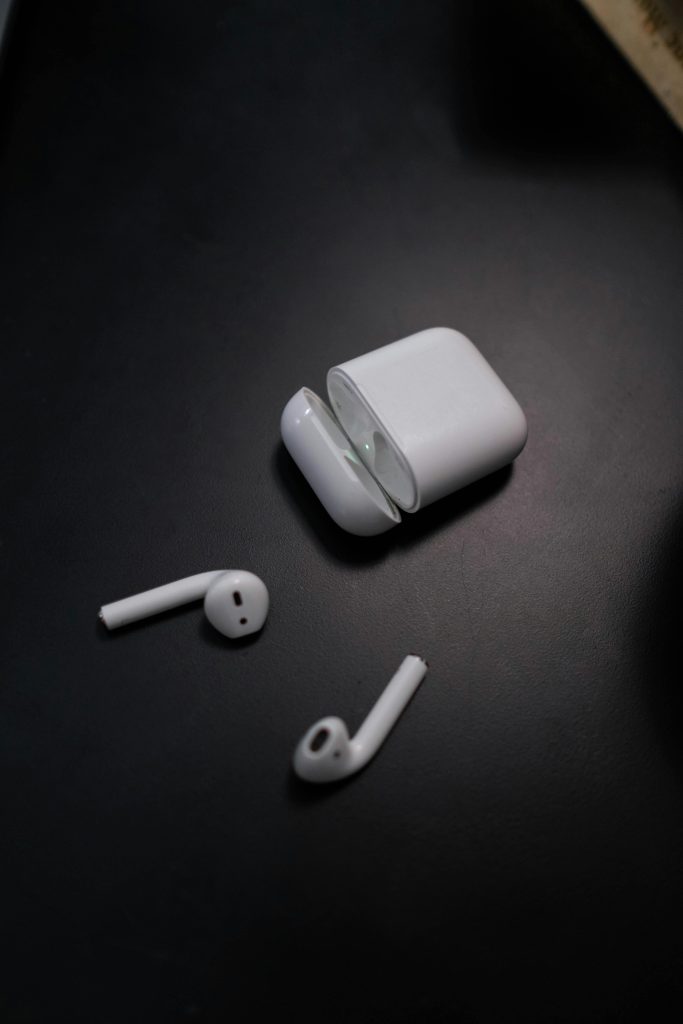Selecting the Appropriate Power Cable for Your Monitor: A Guide to Compatibility and Safety
When it comes to setting up or maintaining your electronic devices, ensuring compatibility and safety of power supplies is crucial. Recently, a common query has emerged regarding the use of generic or replacement power cables for monitors, particularly when the specifications do not seem to match. Here, we will explore how to determine whether a replacement power cable is suitable for your monitor, using a specific example to illustrate best practices.
Understanding Your Monitor’s Power Requirements
Let’s consider a typical HP monitor with the following power specifications:
– Input Voltage Range: 100V to 240V
– Frequency Range: 50Hz to 60Hz
– Current Rating: 0.7A
These specifications indicate that the monitor is designed to operate within a wide voltage range, compatible with many international power standards. The monitor’s power input socket is meant for a power cable that can safely handle these parameters.
Analyzing the Replacement Power Cable
Suppose you’ve lost the original power cable and are considering using a replacement that is rated for:
– Voltage: 250V
– Current: 10A
At first glance, these ratings seem to be higher than what the monitor requires, which is generally positive since they indicate the cable’s maximum capacity. However, it is essential to verify whether these ratings are compatible with your device’s needs and local electrical standards.
Key Considerations:
-
Voltage Compatibility:
The cable’s maximum voltage rating (250V) exceeds the monitor’s input voltage range. This means the cable can handle up to 250V safely, which is suitable for your home’s supply voltage of approximately 230V. -
Current Capacity:
The cable’s current rating of 10A comfortably exceeds the monitor’s current draw of 0.7A. This indicates that the cable can handle the load without heating or risk of failure. -
Plug and Connector Compatibility:
Ensure that the connector type of the replacement cable matches your monitor’s power input socket to prevent physical compatibility issues. -
Quality and Certification:
Always opt for cables that are well-made, certified by reputable standards organizations, and suitable for your region’s electrical standards.
Is It Safe to Use the Replacement Cable?
Based on the provided ratings and your home electrical environment, using a cable rated for 250V and 10A to power a device with a requirement of approximately
Share this content:



